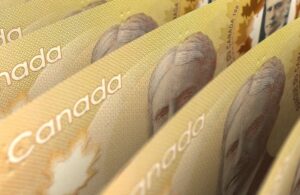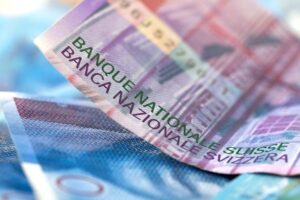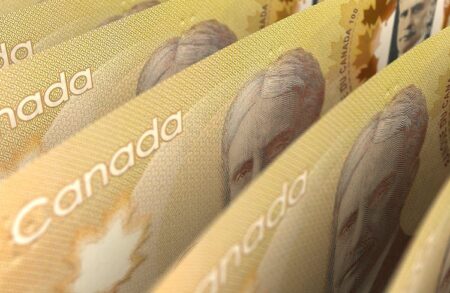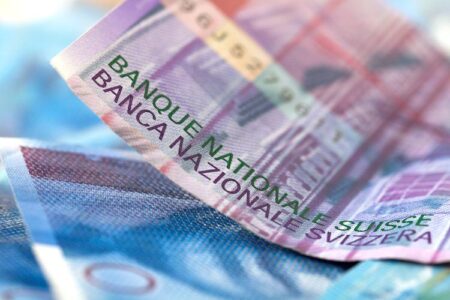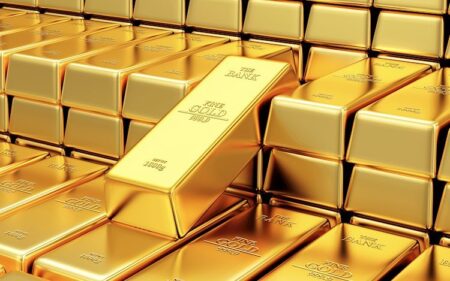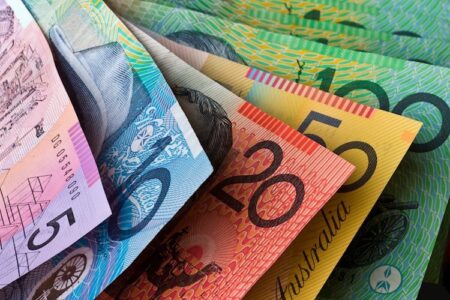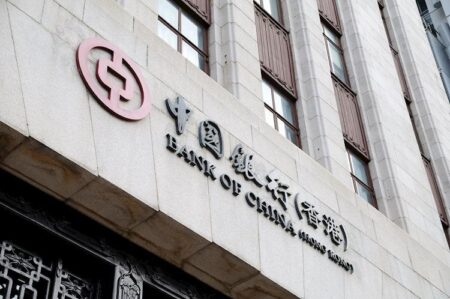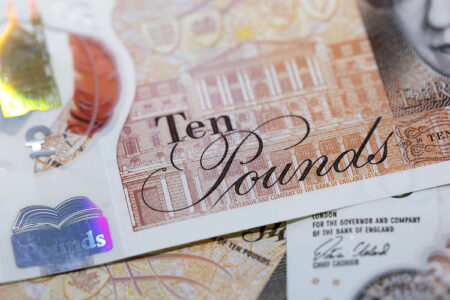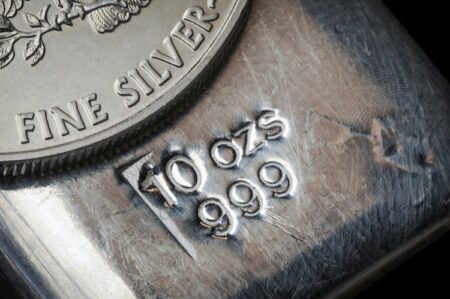- Silver price drifts lower to around $30.20 in Monday’s early European session.
- The stronger USD and elevated US bond yields exert some selling pressure on the white metal.
- Safe-haven demand might cap the downside for Silver price.
The Silver price (XAG/USD) attracts some sellers to near $30.20 during the early European session on Monday. The strengthening of the Greenback and rising US bond yields weigh on the USD-denominated commodity price.
The expectation of a slower pace of rate cuts from the US Federal Reserve (Fed) this year amid sticky inflation and the strong labor market in the US economy might drag the white metal lower in the near term. The US Bureau of Labor Statistics (BLS) reported on Friday that Nonfarm Payrolls (NFP) rose by 256,000 in December versus 212,000 prior, better than the estimations of 160,000. Additionally, the Unemployment Rate ticked lower to 4.1% in December from 4.2% in November.
On Friday, Fed St. Louis President Alberto Musalem highlighted greater caution is warranted in reducing interest rates, adding that the risk that inflation might get stuck between 2.5% and 3% had increased by the time of December’s meeting.
Nonetheless, safe-haven flows due to uncertainties around President-elect Donald Trump’s policies might help limit the Silver price’s losses. Additionally, a record industrial demand, including applications in electronics, electric vehicles, and solar panels, is expected to push total demand to 1.21 billion ounces despite a 16% drop in physical investment, supporting the Silver price.
Silver FAQs
Silver is a precious metal highly traded among investors. It has been historically used as a store of value and a medium of exchange. Although less popular than Gold, traders may turn to Silver to diversify their investment portfolio, for its intrinsic value or as a potential hedge during high-inflation periods. Investors can buy physical Silver, in coins or in bars, or trade it through vehicles such as Exchange Traded Funds, which track its price on international markets.
Silver prices can move due to a wide range of factors. Geopolitical instability or fears of a deep recession can make Silver price escalate due to its safe-haven status, although to a lesser extent than Gold’s. As a yieldless asset, Silver tends to rise with lower interest rates. Its moves also depend on how the US Dollar (USD) behaves as the asset is priced in dollars (XAG/USD). A strong Dollar tends to keep the price of Silver at bay, whereas a weaker Dollar is likely to propel prices up. Other factors such as investment demand, mining supply – Silver is much more abundant than Gold – and recycling rates can also affect prices.
Silver is widely used in industry, particularly in sectors such as electronics or solar energy, as it has one of the highest electric conductivity of all metals – more than Copper and Gold. A surge in demand can increase prices, while a decline tends to lower them. Dynamics in the US, Chinese and Indian economies can also contribute to price swings: for the US and particularly China, their big industrial sectors use Silver in various processes; in India, consumers’ demand for the precious metal for jewellery also plays a key role in setting prices.
Silver prices tend to follow Gold’s moves. When Gold prices rise, Silver typically follows suit, as their status as safe-haven assets is similar. The Gold/Silver ratio, which shows the number of ounces of Silver needed to equal the value of one ounce of Gold, may help to determine the relative valuation between both metals. Some investors may consider a high ratio as an indicator that Silver is undervalued, or Gold is overvalued. On the contrary, a low ratio might suggest that Gold is undervalued relative to Silver.
Read the full article here


